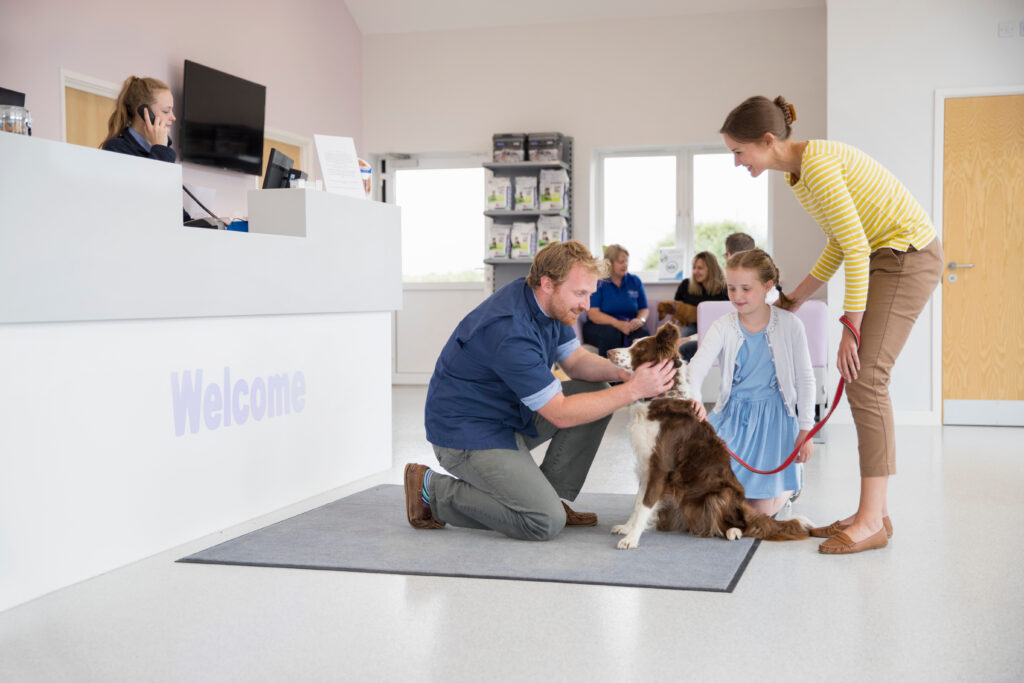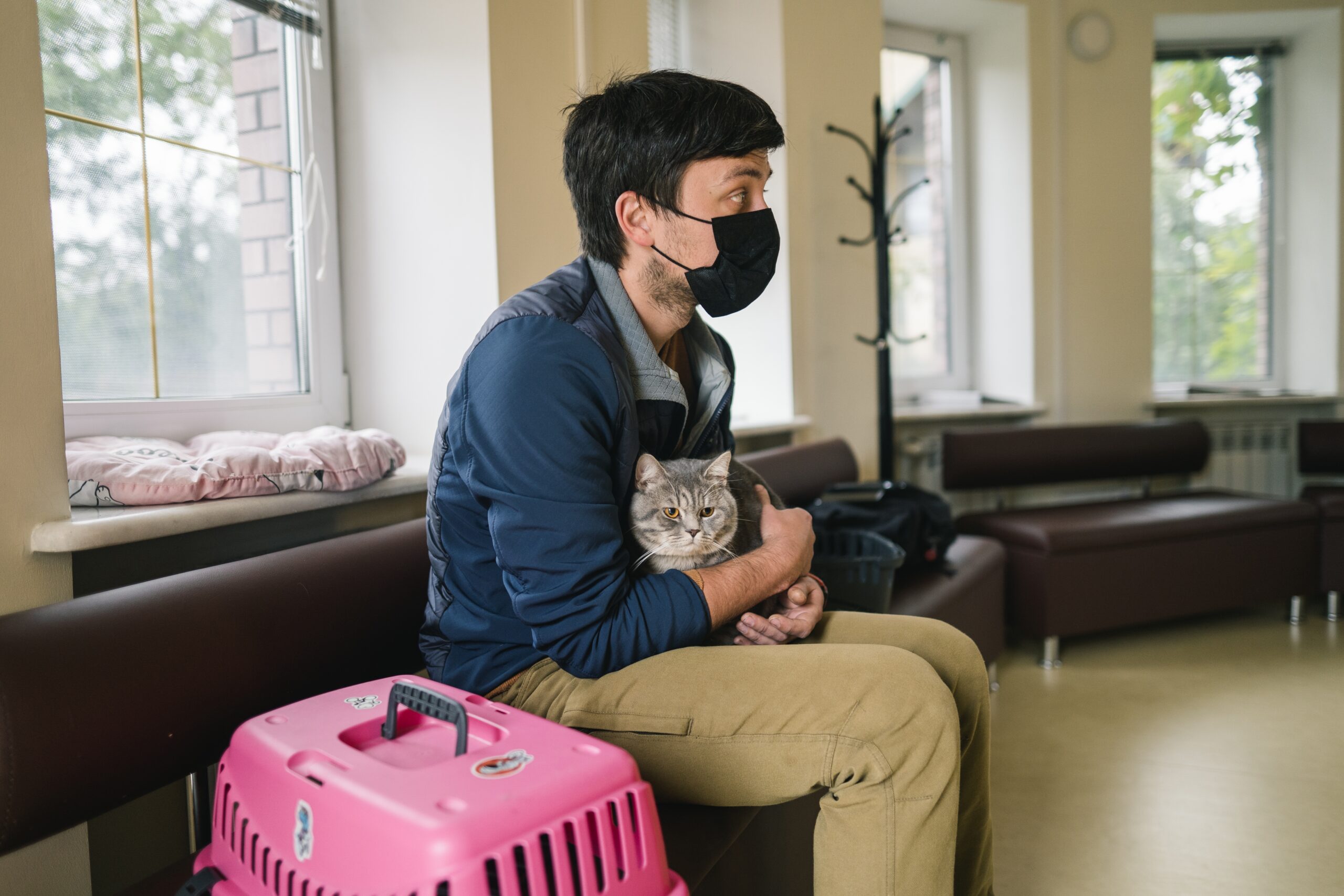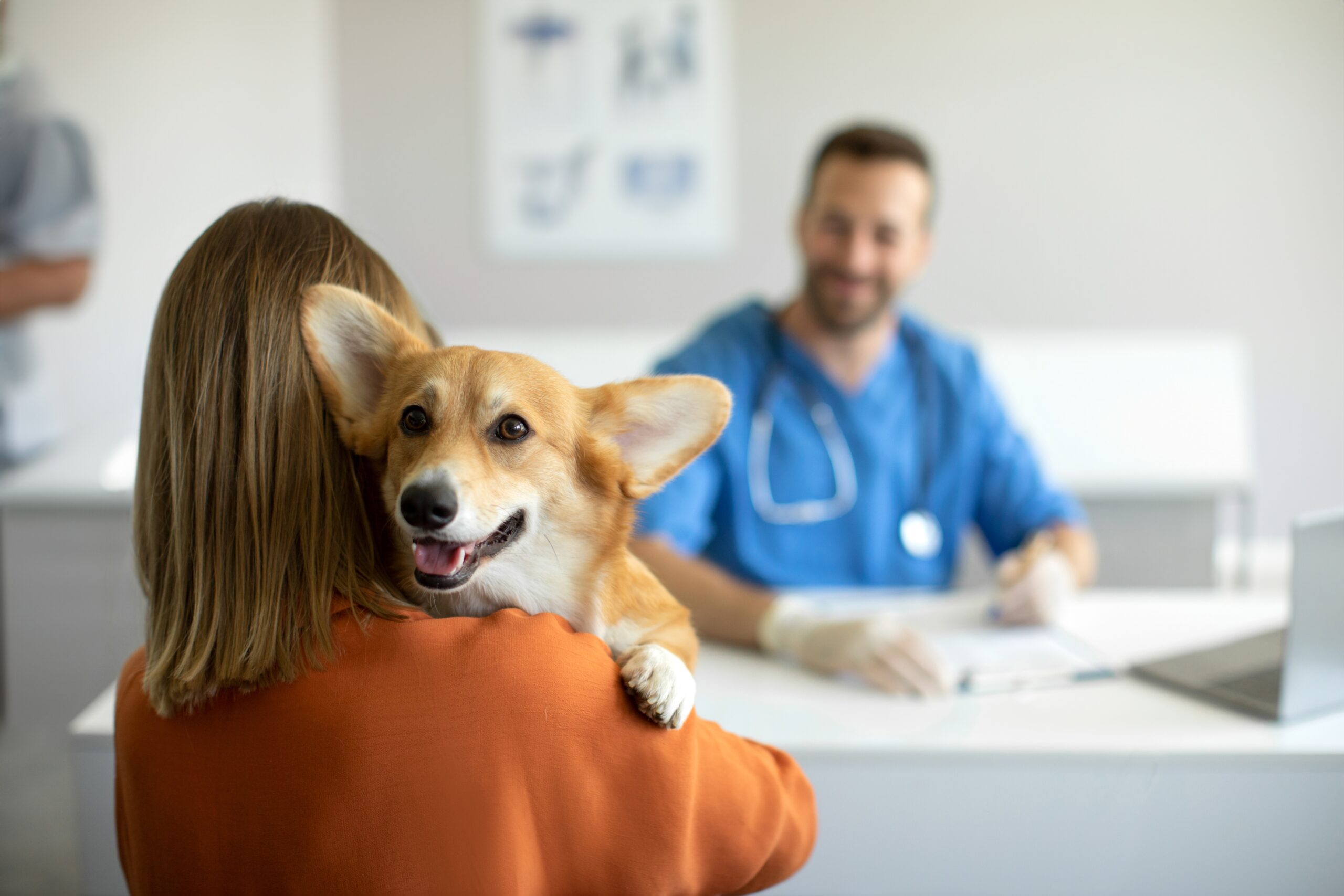Pets get stressed out in veterinary waiting rooms. No matter how pleasant or spacious the room, or how thoughtful the staff, the waiting room experience is challenging for pets. It’s an unfamiliar setting full of new people, animals, and smells—waves of stimuli that can easily overwhelm nervous dogs and cats.
Minimizing wait times at your veterinary practice is important for the well-being of patients and the efficiency of operations. However, wait times can never be completely eliminated. That’s where new waiting room technologies come into play—with features like online check-in and virtual waiting rooms, waiting doesn’t need to be a stressful experience for clients and pets.
In the sections below, we’ll discuss the best tools and strategies for streamlining the waiting room experience.
Understanding and Alleviating Pet Stress
A veterinary waiting room is a challenging setting for dogs, cats, and other animals. Confinement in an unfamiliar place is always triggering, and the presence of other anxious animals doesn’t help.
A recent study published in the Cambridge University Press found that nearly one-third of dogs in veterinary waiting rooms experience high levels of stress. Waiting room stress sets the stage for a challenging treatment experience, starting with reluctance to enter the treatment room and hostility toward staff.
The longer the wait, the more likely a pet is to become stressed and uncooperative.
While reducing wait times is an important goal, transforming wait times is even more helpful. In a virtual waiting room, pets can complete the majority of their wait in comfortable, stress-free settings, such as at home or in the parking lot.
Let’s explore the software-based tools that help veterinary practices run smooth, happy waiting rooms.
Streamlining Appointments with Patient Queue Management
A patient queue management system refers to the use of software to facilitate patient intake, organize patient flow, and communicate with clients during the waiting room process.
Effective queue management employs automation and digital communications to minimize bottlenecks and streamline patient flow.
Digital Intake Forms
Digital intake, or virtual intake, allows clients to complete registration forms remotely before their appointments. Rather than scanning ID cards and passing clipboards back and forth in the waiting room, clients can complete their intake ahead of time, thus streamlining the in-person check-in process.
Compared to traditional paper intake forms, digitally-provided information is less error-prone and easier to automatically save and update.
Online Check-In
Online check-in involves clients using an app or portal to check in for appointments remotely. The process is clear and simple for clients and automated for veterinary staff. After checking in online, clients and their pets can spend the majority of their waiting time outside of the facility.
Adopting online check-in is one of the most helpful changes a veterinary practice can make to improve the appointment experience for clients, pets, and staff.
To explore the power of online check-in, check out the ER Express Customer Stories page. Veterinary clinics like AEH in Grand Rapids, MI enjoy improvements like a 25% boost in throughput capacity since switching to online check-in.
Virtual Waiting Solutions
For clients who check in online for appointments, passing time in the physical waiting room is optional. Instead, while progressing through the virtual waiting room queue, clients and their pets can wait in the lobby, parking lot, or from home.
For pets, virtual waiting reduces the time spent in a stressful environment. Meanwhile, the physical waiting room is calmer and less crowded.
Enhancing Communication with Two-Way Messaging
Practices that offer virtual waiting rooms use two-way SMS messaging to communicate with clients. Veterinary staff can deliver updates, provide instructions, and request information in order to streamline the appointment process.
Two-way texting offers a personal touch, prevents confusion, and helps clients feel informed and empowered during their waits.
Scheduling and Workflow Optimization
By automating the collection of appointment data, digital intake & queuing software helps veterinary clinics optimize their schedules and workflows.
Veterinary managers collect and review data like average appointment duration and average wait time. This information is used to make staffing and scheduling adjustments that maximize throughput, minimize waits, and improve resource allocation efficiency.
Stress-Reduction Protocols Within the Clinic
While adopting software upgrades to improve the waiting room experience, it’s helpful to also evaluate the physical space. Considerations for a peaceful, functional waiting room include:
- Layout: efficient use of space to avoid crowding and provide clear pathways
- Noise control: acoustic dampening and soundproofing to limit noisiness
- Lighting: maximizing natural light to create a brighter, less constricted aesthetic
If space permits, providing separate waiting areas for dogs and cats helps reduce stress among pets and their owners. It’s also helpful to offer written guidance for pet owners regarding the best techniques for calming and managing their pets during clinic visits.
Get Help Reducing Pet Stress and Wait Times at Your Clinic
At ER Express, we equip veterinary clinics and animal hospitals with medical management software that streamlines the waiting room process and reduces patient stress. To learn more, schedule a product demonstration or contact our sales team today.



